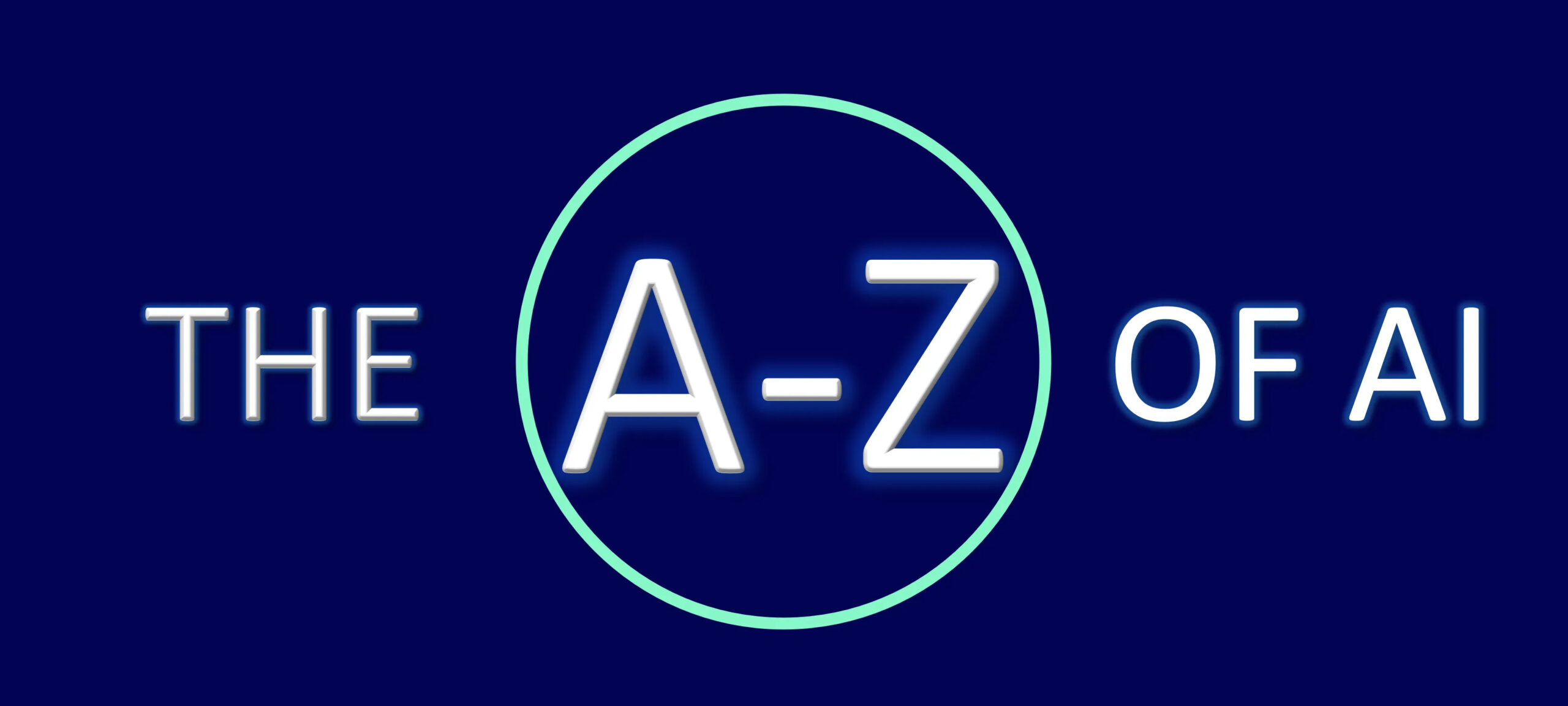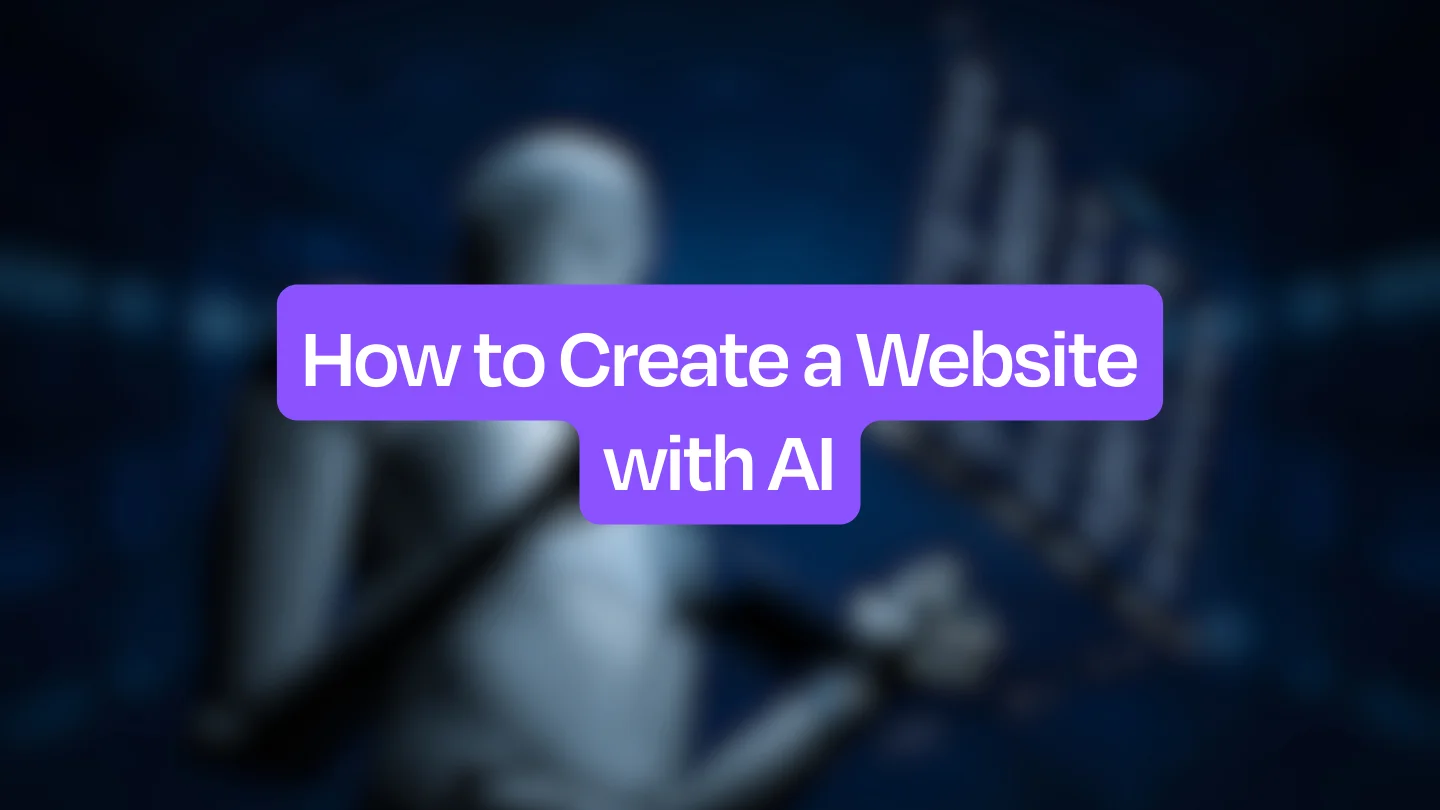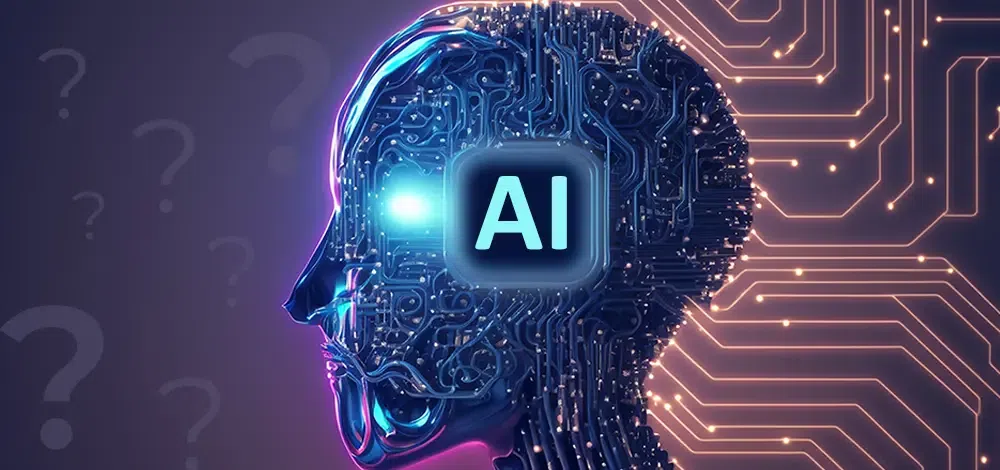Generative AI refers to a class of artificial intelligence techniques that aim to generate new content, data, or information, often in a way that mimics human creativity. Here’s an A-Z guide to Generative AI:
A
Autoencoders: Autoencoders are neural network architectures used in unsupervised learning. They consist of an encoder and a decoder, and they can be used for various tasks, including data compression, noise reduction, and generating new data.
Artificial Intelligence (AI) : Artificial intelligence is the intelligence of machines or software, as opposed to the intelligence of humans or animals. It is a field of study in computer science which develops and studies intelligent machines. Such machines may be called AIs.
Algorithm – A systematic set of instructions or rules meticulously crafted to delineate a precise sequence of operations. These operations are intended to resolve a specific problem or achieve a particular task. Algorithms, serving as fundamental components of computer programs, are meticulously constructed to execute tasks with efficiency and precision.
B
GANs (Generative Adversarial Networks): GANs are a type of generative model introduced by Ian Goodfellow and his colleagues in 2014. GANs consist of a generator and a discriminator trained adversarially. The generator generates data, and the discriminator tries to distinguish between real and generated data. This adversarial training process leads to the generation of realistic data.
Backpropagation – An essential technique employed in the training of artificial neural networks. This method involves computing the error at the network’s output and subsequently transmitting this error backward through the network’s layers. The purpose is to iteratively adjust the weights of the connections between neurons, refining the network’s performance through the learning process.
C
Conditional GANs: Conditional GANs are an extension of GANs where the generator is conditioned on additional information. This additional information could be class labels, attributes, or any other relevant data, allowing for more controlled and targeted data generation.
Convolutional Neural Networks (CNNs) are a class of artificial neural networks frequently applied in tasks related to image processing and computer vision. The term “convolutional” pertains to filters extracting features from input images, which are then classified or processed based on these learned features. This convolutional process enhances image layers, providing distinctiveness and rendering CNNs well-suited for various computer vision tasks.
D
DeepDream: DeepDream is a computer vision technique that uses neural networks to find and enhance patterns in images. It can create visually captivating and sometimes surreal images by amplifying patterns detected by the neural network.
Deep Learning (DL) is a branch of Machine Learning that employs neural networks comprising numerous layers to glean insights from extensive datasets.
E
ELBO (Evidence Lower Bound): In variational autoencoders (VAEs), the ELBO is a key concept used in the training process. It helps in approximating the intractable posterior distribution, making the training of VAEs feasible.
Ethics in AI refers to the ethical considerations surrounding the development and deployment of artificial intelligence, examining the moral implications associated with its use.
F
Flow-Based Models: Flow-based models are a type of generative model that focuses on transforming a simple probability distribution into a more complex one through a series of invertible transformations. This allows for efficient sampling and likelihood computation.
Federated Learning is a machine learning approach in which the model is trained on numerous decentralized devices or servers that possess local data samples, all without the need to exchange these data samples.
G
GRU (Gated Recurrent Unit): GRU is a type of recurrent neural network (RNN) architecture. RNNs, including GRUs, are used in sequence generation tasks within generative models.
Generative AI encompasses a wide range of AI systems capable of producing novel content, such as text, images, audio, video, etc., resembling but not identical to the data on which it was trained.
H
Hyperparameter Tuning: Generative models often have several hyperparameters that need careful tuning for optimal performance. These include learning rates, model architectures, and regularization parameters.
Heuristics are general guidelines for solving problems, not always exact or dependable. Derived from experience, common sense, or intuition, heuristics consist of straightforward rules and strategies that accelerate problem-solving, yielding reasonably effective solutions, even if not optimal. The trade-off with heuristics lies in prioritizing speed over precision, proving valuable in various real-world applications.
I
Inception Score: Inception Score is a metric used to evaluate the quality and diversity of images generated by GANs. It measures both the realism of the generated images and their diversity.
Image Generation involves leveraging generative AI to produce or modify digital images and artwork.
Image-to-Image refers to the creation of new, edited, or enhanced images by supplying an existing image and a text prompt.
J
JAX (Just Another X): JAX is a numerical computing library used for machine learning research. It’s particularly popular for its use in generative models due to its efficiency and support for automatic differentiation.
In generative models, a Joint Probability Distribution signifies the likelihood across multiple variables collectively.
K
Kernel Density Estimation: Kernel Density Estimation is a non-parametric way of estimating the probability density function of a random variable. It is often used in generative modeling to estimate the underlying data distribution.
Knowledge Graphs are repositories of facts and connections that generative AI models can consult to enhance their capabilities.
L
Latent Space: Latent space is the space in which the latent variables of a generative model reside. In autoencoders, it represents a compressed and feature-rich representation of the input data.
Large Language Models (LLMs) — AI systems trained on massive text datasets that can generate human-like text such as GPT (Generative Pretrained Transformer).
M
Markov Chain Monte Carlo (MCMC): MCMC methods are used for sampling from complex probability distributions. They are employed in some generative models to generate new samples by exploring the distribution.
Machine Learning (ML) is a branch of AI where computers learn from data to make decisions or predictions.
N
Normalizing Flows: Normalizing Flows are a type of generative model that focuses on transforming a simple probability distribution into a more complex one through invertible transformations. This is similar to flow-based models.
Natural Language Processing (NLP) is the AI field focused on enabling machines to understand, interact, and generate human language.
Neural Networks serve as the fundamental machine learning models in contemporary AI. They are crafted to imitate, albeit loosely, the workings of the human brain and draw inspiration from the neural networks found in humans and animals.
O
One-Shot Learning: Some generative models, especially those based on VAEs, can be adapted for one-shot learning tasks, where the model is trained to generate new instances from a single example.
Overfitting occurs when a model is excessively tailored to a particular dataset, resulting in reduced flexibility.
P
PixelRNN and PixelCNN: PixelRNN and PixelCNN are generative models that operate at the pixel level, generating images pixel by pixel. They use recurrent and convolutional architectures, respectively.
Prompt Engineering involves creating improved text prompts that are input into generative AI models to achieve better results.
Q
Quantum Generative Models: Quantum generative models leverage principles from quantum computing to enhance generative modeling tasks. These models aim to exploit quantum phenomena to improve efficiency in sampling and optimization.
Quantization is a method used to reduce the number of bits in generative AI models, allowing for the optimization of models for deployment on consumer devices.
R
Reinforcement Learning for Generative Models: Reinforcement learning techniques can be integrated with generative models to improve their performance in sequential decision-making tasks.
Recurrent Neural Networks (RNNs) are a type of neural network particularly suitable for sequence prediction.
S
StyleGAN (Style Generative Adversarial Network): StyleGAN is a GAN variant designed for generating high-quality, diverse, and customizable images. It allows for controlling specific aspects of the generated images, such as style and content.
Supervised Learning involves training a model with known input and output data to enable it to predict future outputs.
Synthetic Data refers to artificially generated data created by computer algorithms. It is utilized for training AI models when real data is limited or sensitive.
T
Transfer Learning in Generative Models: Transfer learning techniques can be applied to generative models, allowing them to leverage knowledge gained from one domain to perform better in another domain with limited data.
Text-to-Image Generation is the procedure of generating images based on textual descriptions, commonly employing models such as DALL-E or comparable AI systems.
Text-to-Speech (TTS) encompasses technologies that transform text into human-like speech, increasingly leveraging Generative AI for creating natural-sounding voices.
U
Unsupervised Learning: Generative models often fall under the category of unsupervised learning, as they aim to learn the underlying structure of the data without explicit labels.
Underfitting is a phenomenon in machine learning wherein a model inadequately learns from the training data, leading to a decrease in its performance on new data.
V
VAE (Variational Autoencoder): VAE is a type of generative model that combines variational inference and autoencoder architecture. It is designed to learn a probabilistic mapping between input data and a latent variable space.
W
Wasserstein GAN: Wasserstein GAN is a variant of GANs that uses Wasserstein distance for measuring the difference between the generated and real data distributions. It helps overcome some training stability issues.
X
Xavier Initialization: Xavier initialization is a method used to initialize the weights of neural networks. Proper weight initialization is crucial for the training stability of generative models.
Y
Yielding Diverse Samples: Generating diverse samples is a common challenge in generative modeling. Techniques like incorporating diversity-promoting objectives are employed to ensure the model produces a variety of outputs.
Z
Zero-Shot Learning: Zero-shot learning extends the capabilities of generative models to generate samples from classes that were not seen during training. This involves learning a mapping between the seen and unseen classes.
This A-Z guide covers various aspects of Generative AI, showcasing its broad range of techniques and applications




